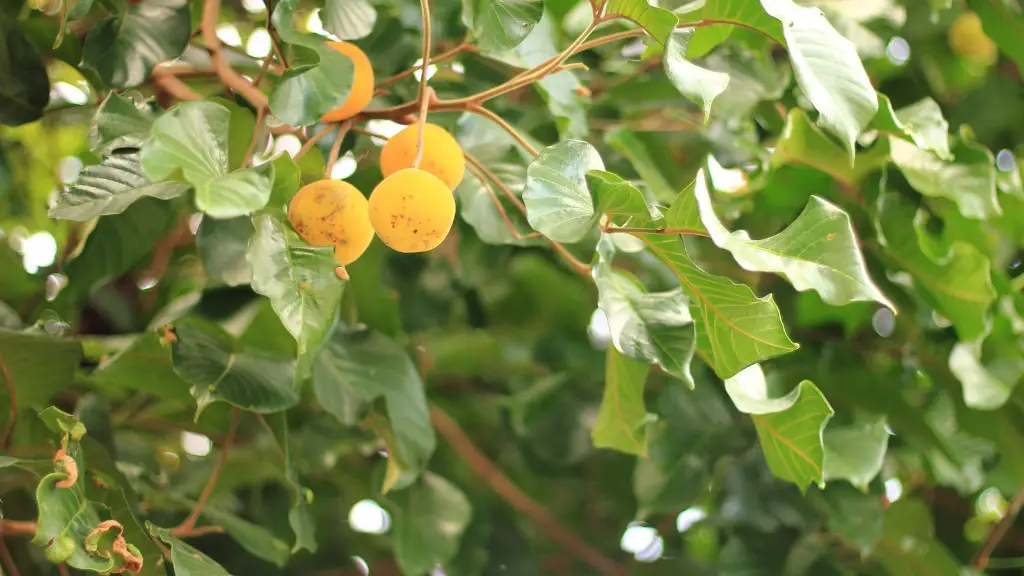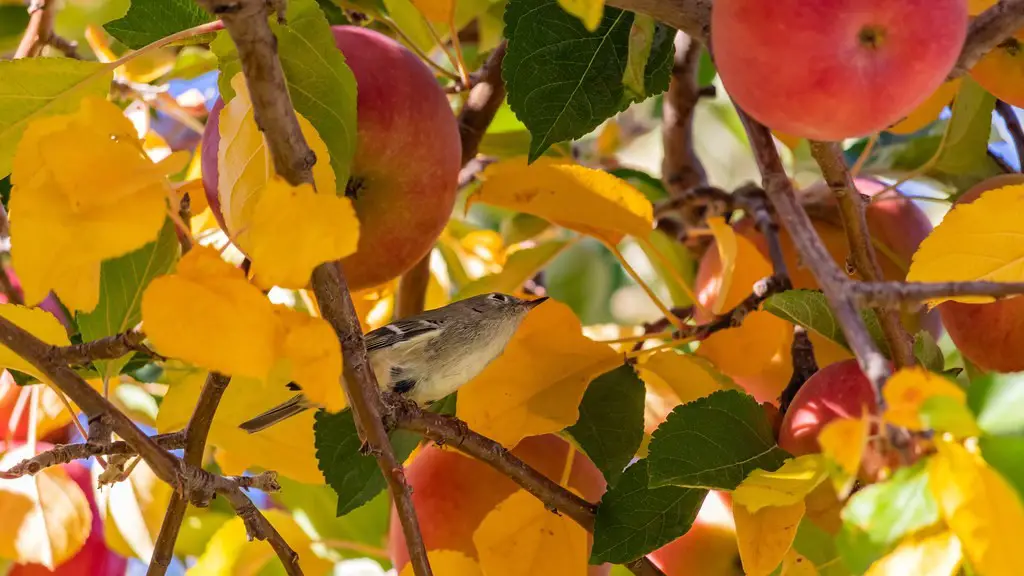Growing a lemon tree is an exciting and rewarding experience, but it requires some knowledge and patience. With proper planning, watering, fertilizing, and pruning you can reap sweet, sour, and juicy lemons right in your backyard! Here’s how to get started:
1.Choose a spot: For optimal growth, start by choosing a spot that gets plenty of sun – at least 8 hours a day. The spot should also have well-drained soil and good air circulation. If you’re in an especially cold area, try planting your tree in a container and move it indoors during the winter months.
2.Plant in the Ground or a Container: Once you determine where you want to plant the tree, decide between planting directly into the ground or in a pot. If you’re planting directly into the ground, make sure the soil is deep enough and that there’s plenty of room for the roots to expand.
3.Generate a Sapling or Germinate from Seed: Get a sapling from your local nursery to give your tree a jumpstart. If you’re opting for the seeds route, soak them overnight, then place them in sterile soil, making sure the soil is moist, warm, and well-draining.
4.Time to Water & Fertilize: Lemon trees prefer a steady supply of water and nutrients. Make sure to check on the soil every few weeks and water accordingly, keeping it consistently moist. For deep nutrition and bigger lemons, add a layer of fertilizer every few months.
5.Pruning is Essential: Pruning is essential for the growth and health of your lemon tree, as it helps improve air circulation, maintain a good balance, and stimulate fruit production. When you first plant the tree, prune off any spindly or damaged branches. As it grows, try to keep the central axis and main branches strong and prune off any side branches in the interior that could potentially start competing with it.
6.Wait for Yields: As with any type of gardening, patience is key. With proper care and maintenance, you’ll begin to experience the sweet smell of success and the juicy taste of lemons in just a few years!
Indoor Growing
If you don’t have a suitable spot in your backyard, you can opt for indoor growing. First off, choose a spot in your home that gets plenty of sunlight – near a windowsill or a balcony is ideal. Potting your tree in a ceramic pot and filling it with a well-draining soil is important, too. Give it some water every other day and don’t forget to fertilize it every 2-4 weeks for optimal growth.
When pruning, you’ll want to keep in mind that there’s not much space inside, so try to thin out the branches to keep the tree from becoming too crowded. As you do this, you’ll want to be careful not to cut off too many branches that could potentially affect the yields.
If you don’t want the hassle of having to move the tree in and out of the house seasonally, invest in a grow light. With the right setup a grow light can mimic the same conditions found outdoors and keep your lemons coming throughout the year. Lastly, pay attention to the air circulation – if your room gets too stuffy, open a window and let the air flow.
Troubleshooting
When growing a lemon tree there are some common issues you may have to contend with. For example, fertilizing too much or too little can hinder the tree’s growth. Too much fertilizer can burn the leaves and ruin the flavor of the lemons, while too little can stunt its growth.
You’ll also need to be on the lookout for pests – like aphids, whiteflies, and mealybugs. If you notice any of these, spray your tree with a suitable pesticide or insecticide from your local garden center and follow the instructions on the label.
Finally, while lemons enjoy sunshine and moisture, they don’t fare well with overly wet soil. Make sure to let the soil dry out between waterings and don’t leave the area prone to flooding or water-logging.
Propagation
Lemon tree propagation is an interesting process that will allow you to grow multiple trees from one parent tree. If you already have a lemon tree but want to expand your collection, try propagating the tree by rooting the stem cuttings.
To do this, take some stem cuttings from the parent tree, making sure each cut is at least 3-4 inches long and has at least two leaves. Then, dip the cuttings in a rooting hormone powder and place them in a 2-inch deep pot filled with moist, sterile potting soil with the leaves above the soil line. Water the soil, then place the pot in a warm and sunny spot.
Within 1-2 months, you should start to see the cuttings produce roots and new growth. Once the roots are mature enough and the new growth has started, you can transfer the cuttings to a larger pot and give them plenty of sunlight and water. Before you know it, you’ll have a full-fledged lemon tree ready to go!
Harvesting & Storing
Once the lemons appear on your tree, they should be ripe and ready to enjoy within 4-6 months. However, you’ll want to be mindful of the climate and seasons – in colder areas, the lemons may take significantly longer to ripen.
Be careful when you pick the lemons – avoid tugging them off as this could harm the tree. Also, be sure to pick the fruits at their peak – early harvest often results in green and sour fruits, while late picking can lead to splitting and over-ripening.
Store the lemons in a cool and dry place – they can last up to two weeks. If you want to extend their shelf-life, you can store them in the fridge, in an air-tight container or in a plastic bag.
Repotting
As your lemon tree grows and becomes pot-bound, you’ll need to repot it in a larger container and refresh the soil to ensure optimal growth. Start by choosing a pot with drain holes in the bottom to ensure proper drainage, then fill it with a fresh planting mix and transfer the tree into it. You may have to prune off some roots to fit the pot.
Once you’ve repotted the tree, ensure it’s getting plenty of sunlight and water it frequently. Add a layer of compost or fertilizer, too, for deep nutrition. New leaves should start to grow back in 2-4 weeks, and in no time your tree will be back to producing juicy lemons!


